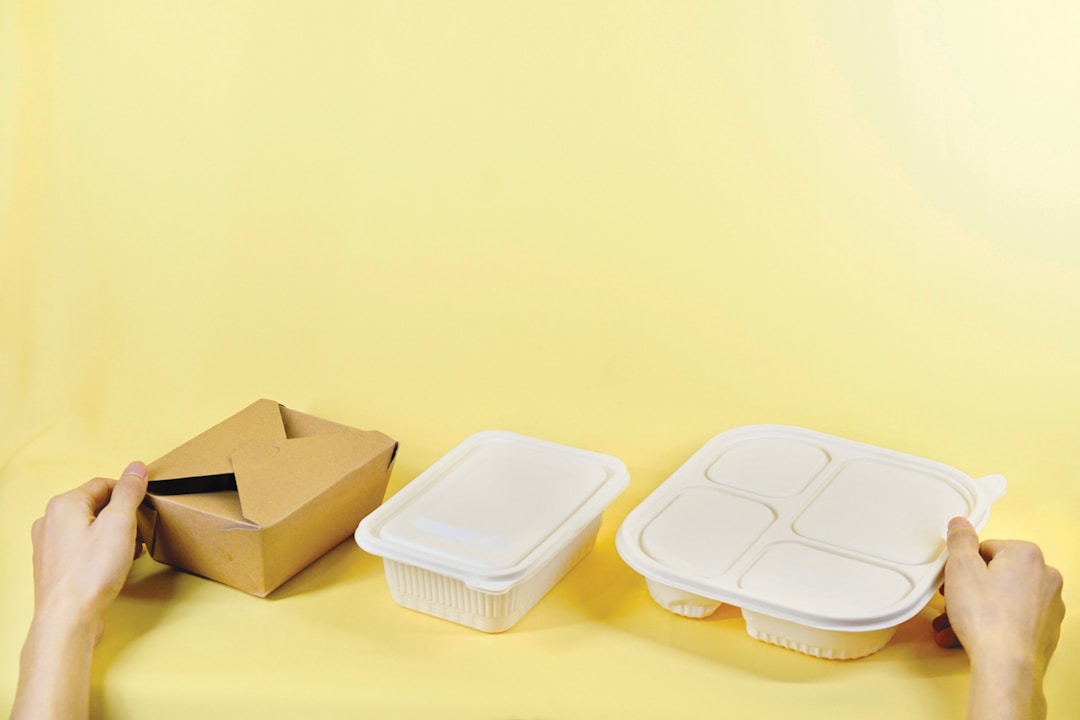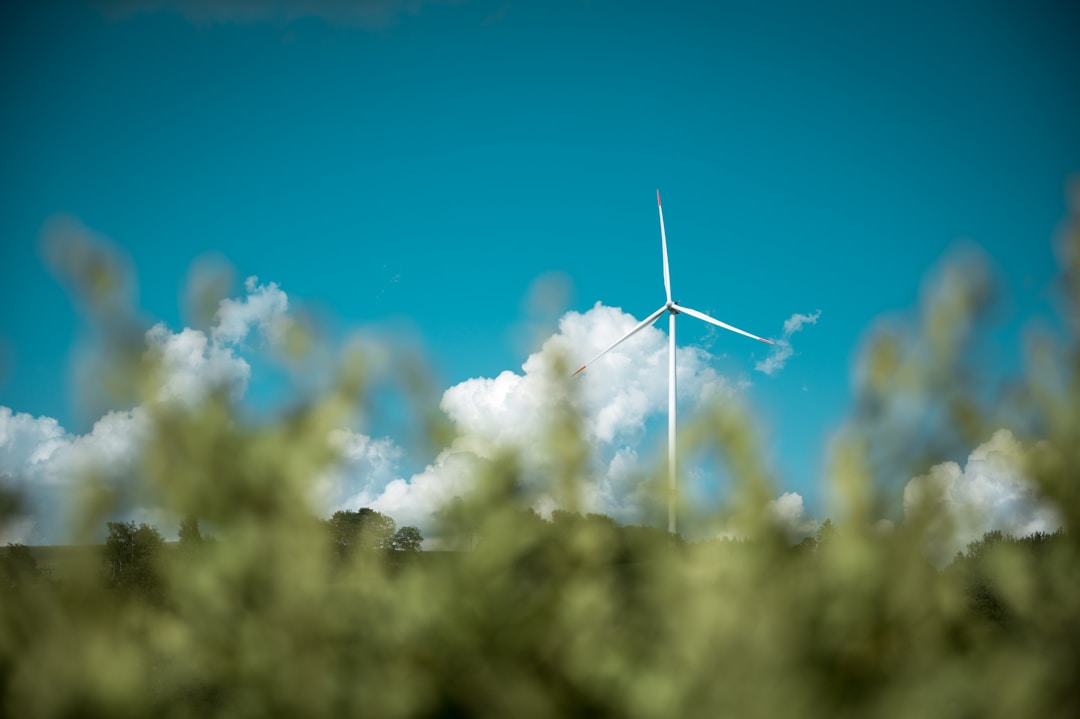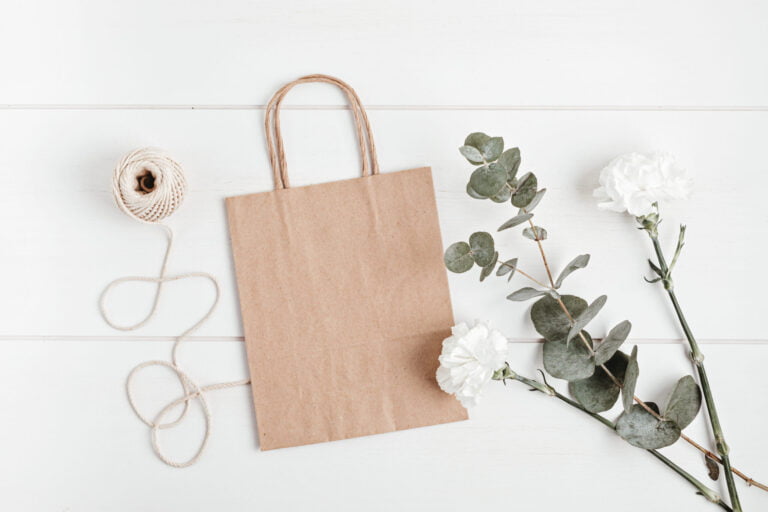In a world that’s becoming increasingly aware of the pressing need for sustainability, the use of eco-friendly packaging has emerged as a significant trend among businesses. Companies are putting their best foot forward to lessen their environmental footprint. This new wave of sustainability in business practices manifests itself in various ways, but one area that’s experiencing a substantial transformation is packaging. Whether it’s in food, retail, or e-commerce, businesses are echoing global eco-consciousness by opting for sustainable packaging alternatives. In this article, we will examine how such choices are shaping the industry and how businesses can benefit from this approach.
Understanding the Rise of Sustainable Packaging

Historically, packaging was all about aesthetics and protecting the product until it reached the end consumer. However, as awareness about the environmental impact of packaging waste grew, so did the need for sustainable options. The rise of sustainable packaging can be traced back to both awareness and necessity. With consumer demand leaning towards environmentally friendly options and stringent governmental policies on waste management, businesses are left with no choice but to adopt sustainable packaging alternatives.
Moreover, sustainable packaging innovations are oozing into various sectors, from biodegradable peanuts for shipping to compostable food containers. One prime example is the Biomax sustainable jars which are designed to be environmentally friendly without compromising the quality of packaging. The use of eco-friendly materials like BioMax offers a promising direction toward a sustainable future, setting new standards for businesses worldwide. Today, sustainable packaging trends greatly influence consumer purchasing decisions.
These materials lessen the environmental impact and assist in shaping a positive brand image. A growing number of people are becoming environmentally conscious, corresponding with a steady incline in demand for sustainable packaging options. Consumers now understand the implications of their choices and acknowledge the role they can play in shaping a sustainable future. Their buying behavior is incentivizing more businesses to switch to eco-friendly packaging options, hence contributing to the rise of sustainable packaging practices.
The Advantages of Sustainable Packaging
Adopting sustainable packaging practices offers tangible benefits to businesses. Not only does it mitigate the environmental effects of waste, but it also opens up new avenues for business growth. Businesses can leverage sustainable packaging to demonstrate their commitment to the environment, thereby enhancing their brand image. The positive public perception gained as a result can boost customer loyalty, leading to increased sales and profitability in the long run.
Moreover, sustainable packaging materials are generally lighter and consume less space, which can decrease shipping costs. Companies can achieve substantial cost savings by reducing the amount of packaging material used and optimizing package design for more efficient transportation. The use of recycled or recyclable materials in packaging can also save on disposal costs, not to mention the appeal of reducing landfill presence and lowering carbon emissions.
Another advantage of sustainable packaging lies in regulatory compliance. Governments across the globe are stepping up measures to control packaging waste, imposing strict regulations on businesses to adopt eco-friendly practices. A shift towards sustainable packaging can help companies stay ahead of these regulations, thereby minimizing the risk of penalties for non-compliance and ensuring smoother operations.
The Challenges in Implementing Sustainable Packaging

While the advantages of sustainable packaging are clear, implementing it is not without challenges. One of the hurdles companies face is the high initial cost. Sustainable materials are often pricier, and investing in new packaging designs can be a considerable financial burden, especially for small and mid-sized businesses.
Furthermore, finding suitable sustainable packaging materials that adequately protect the product can be quite a task. Sustainable materials might not offer the same level of robustness, durability, or aesthetics as traditional ones, potentially leading to a compromise on product quality or marketability. Also, building consumer awareness and acceptance of new packaging types can take substantial effort and time.
However, businesses should see these challenges not as roadblocks but as stepping stones toward a greener future. The upfront investment costs can be offset by long-term cost savings, regulatory compliance, and improved branding. Additionally, technological advancements and continued research in the field of sustainable packaging promise a certain level of mitigation of these challenges in the future.
Moving Forward with Sustainable Packaging

Packaging is no longer just a means to protect products; it has evolved into a vital tool for businesses to showcase their commitment to sustainability. For businesses wondering how to start their journey towards sustainable packaging, it begins with a thorough understanding of current packaging practices and an assessment of where improvements can be made.
Subsequently, businesses should research various sustainable materials available and determine which ones are suitable for their products. They could choose options like recyclable plastics, compostable materials, or even reusable packaging systems based on their specific requirements. Partnering with environmental certifications and pursuing third-party audits could also add credibility to their sustainability initiatives. There are also packaging companies that offer a range of eco-friendly products to choose from.
Moreover, it’s essential to communicate this change to consumers effectively. Informing customers about the shift to sustainable packaging and educating them on its benefits will not just boost the company’s reputation but also helps in raising broader awareness of sustainable practices. To that end, transparent labeling of sustainable packaging can be an excellent means of communication.
The Role of Innovation in Sustainable Packaging
Innovation plays a critical role in overcoming the challenges associated with sustainable packaging. From finding ways to reduce packaging material without compromising on product safety to developing technologies that enable eco-friendly production processes, there are numerous possibilities for innovation in this field. Already we’re seeing the development of plant-based plastics, edible packaging, biodegradable materials, and other inventive solutions.
Continued research and development will likely bring further advances, reducing the cost of sustainable packaging materials and making them more accessible to businesses of all sizes. Also, digital technology holds immense potential for innovating sustainable packaging. From advanced design software that helps in optimizing package size to real-time tracking systems that improve logistics efficiency, the possibilities are truly boundless. The intersection of sustainability and technology will undoubtedly offer intriguing prospects for the future of packaging.
The Future of Sustainable Packaging

As we advance, the demand for sustainable packaging practices is only expected to grow, shaping the dynamics of various industries. Businesses that adapt to this shift earlier are more likely to reap greater benefits, both environmentally and financially. While there are challenges inherent in implementing sustainable packaging, the long-term benefits that it brings to the table are too vast to be ignored.
Taking the leap towards sustainable packaging is a sound business strategy and a responsible choice that businesses must make toward their commitment to society and the environment. If companies continue to innovate and invest in sustainable practices, the day might not be far when sustainable packaging is more of the norm than an exception. Businesses and organizations should strive to be a part of the solution, not a part of the problem, when it comes to climate change.
All in all, it’s safe to say that the future of packaging is sustainable. By transitioning to biodegradable, recyclable, and eco-friendly packaging materials, companies can reduce waste, establish a positive brand image, and save on costs. As consumers continue to prioritize sustainability in their purchasing decisions, businesses that proactively adopt sustainable packaging solutions will be well-positioned to succeed in the evolving market. The journey may not be easy, but the rewards—both for the business and the planet—are well worth it.







